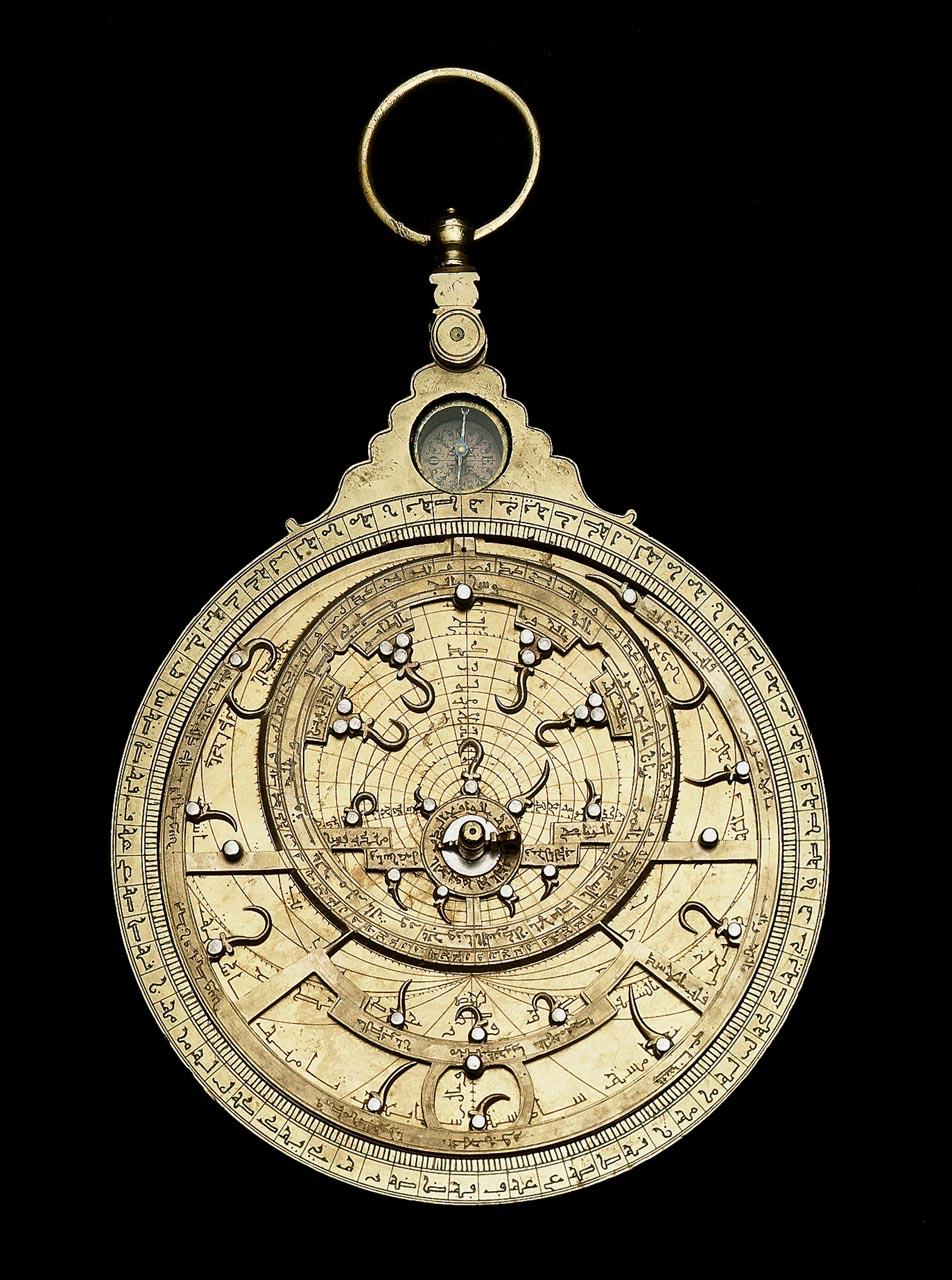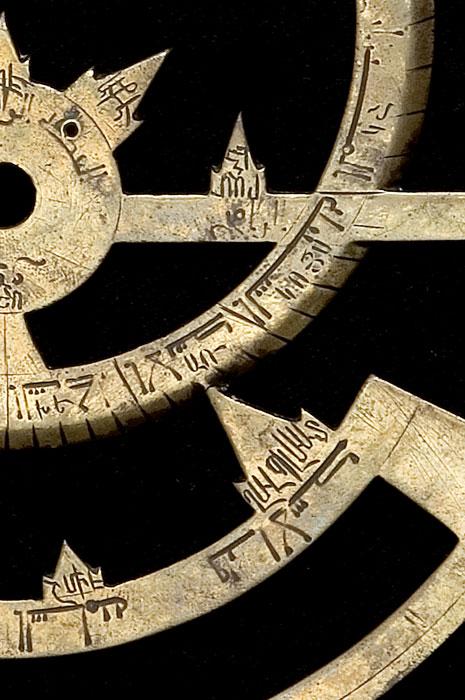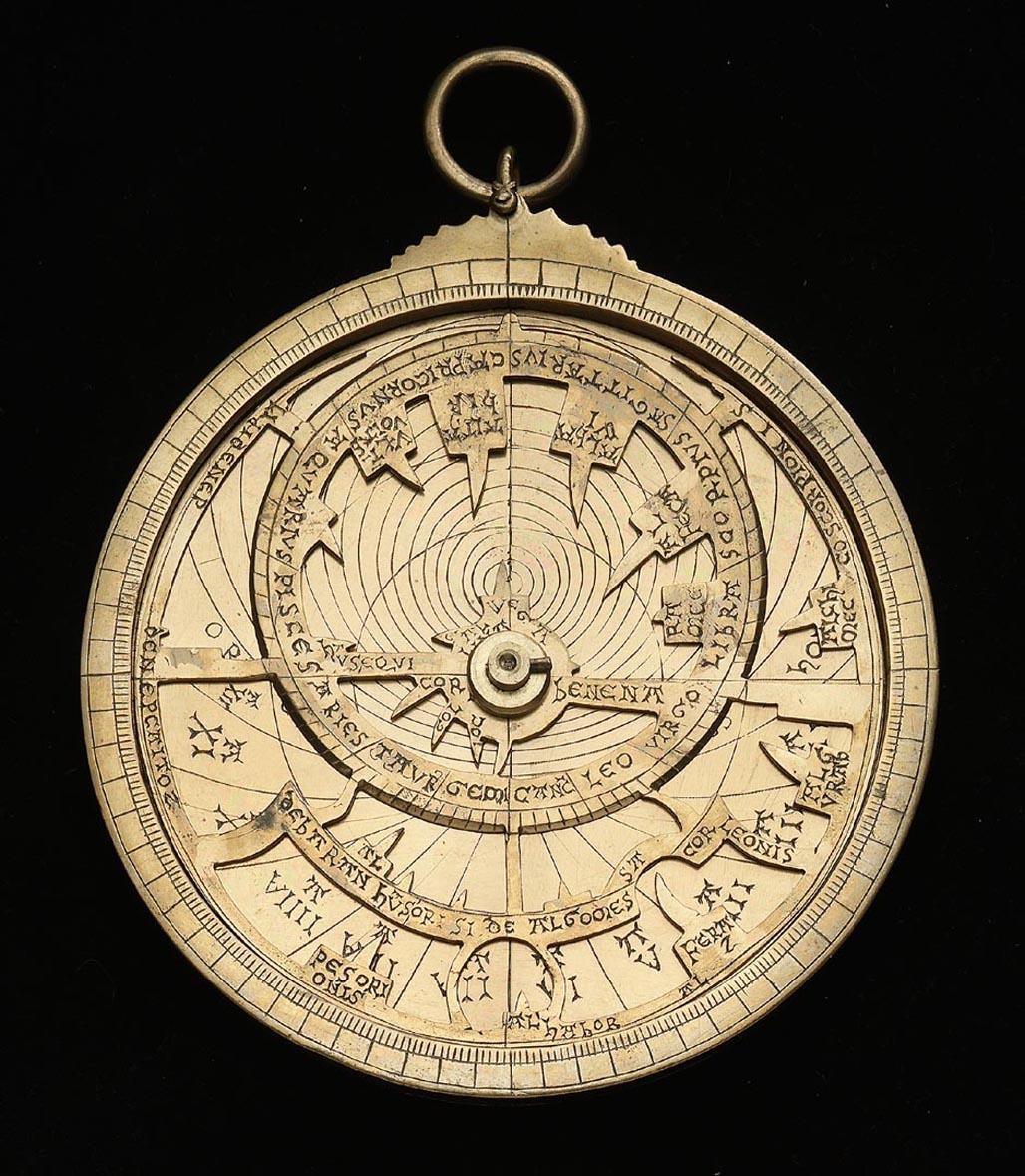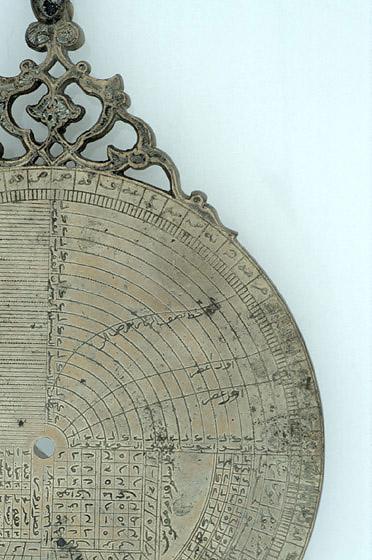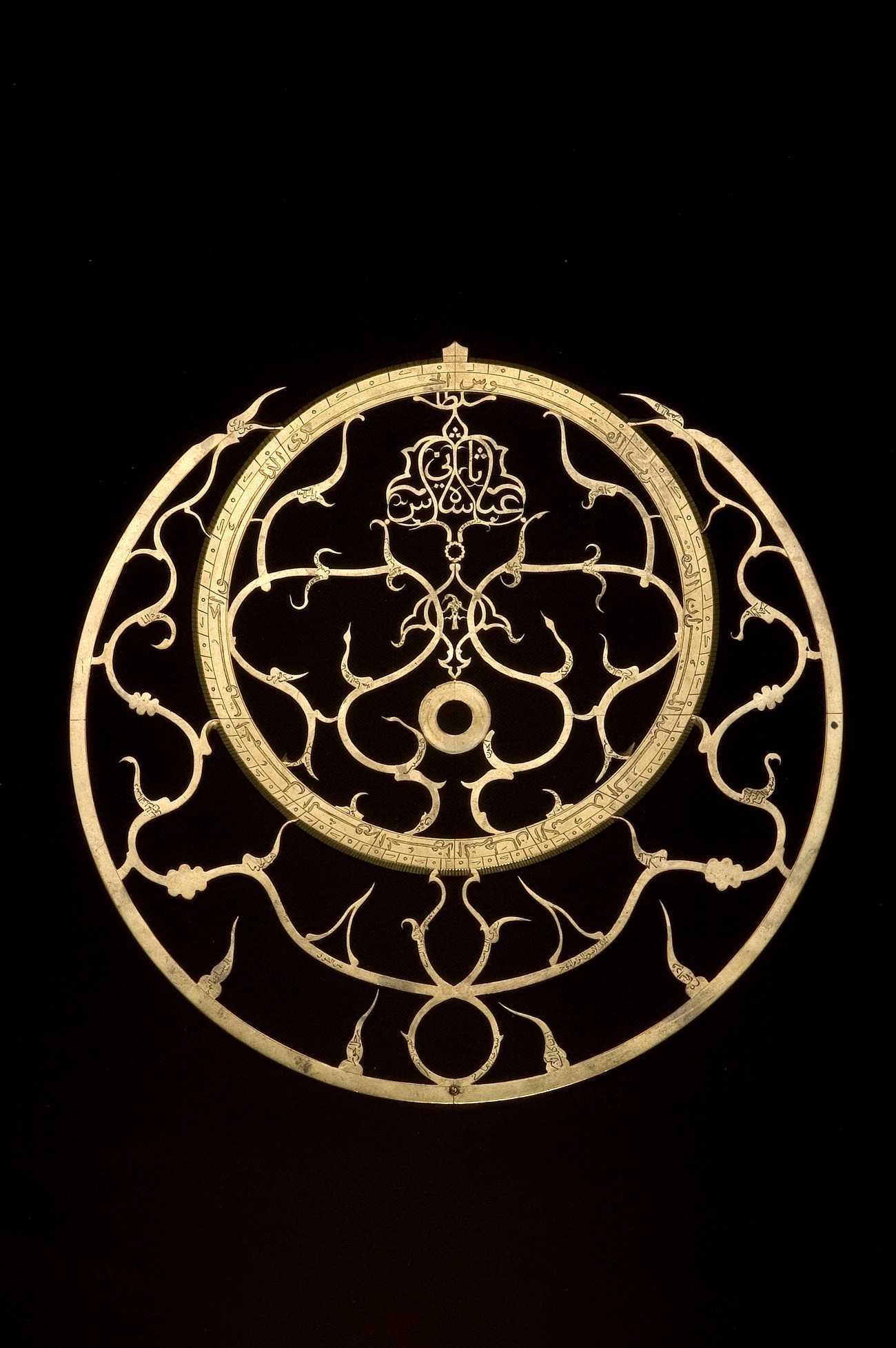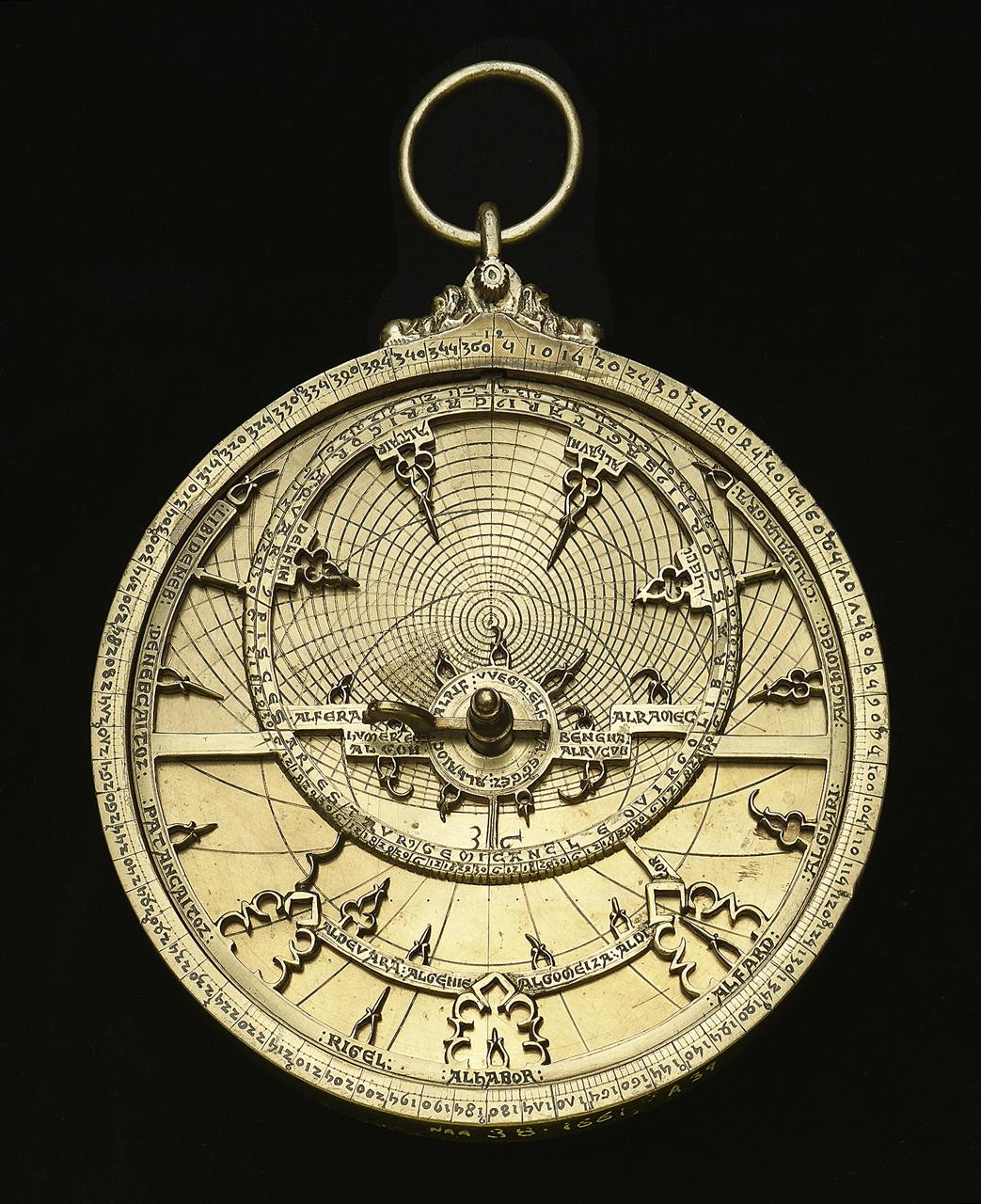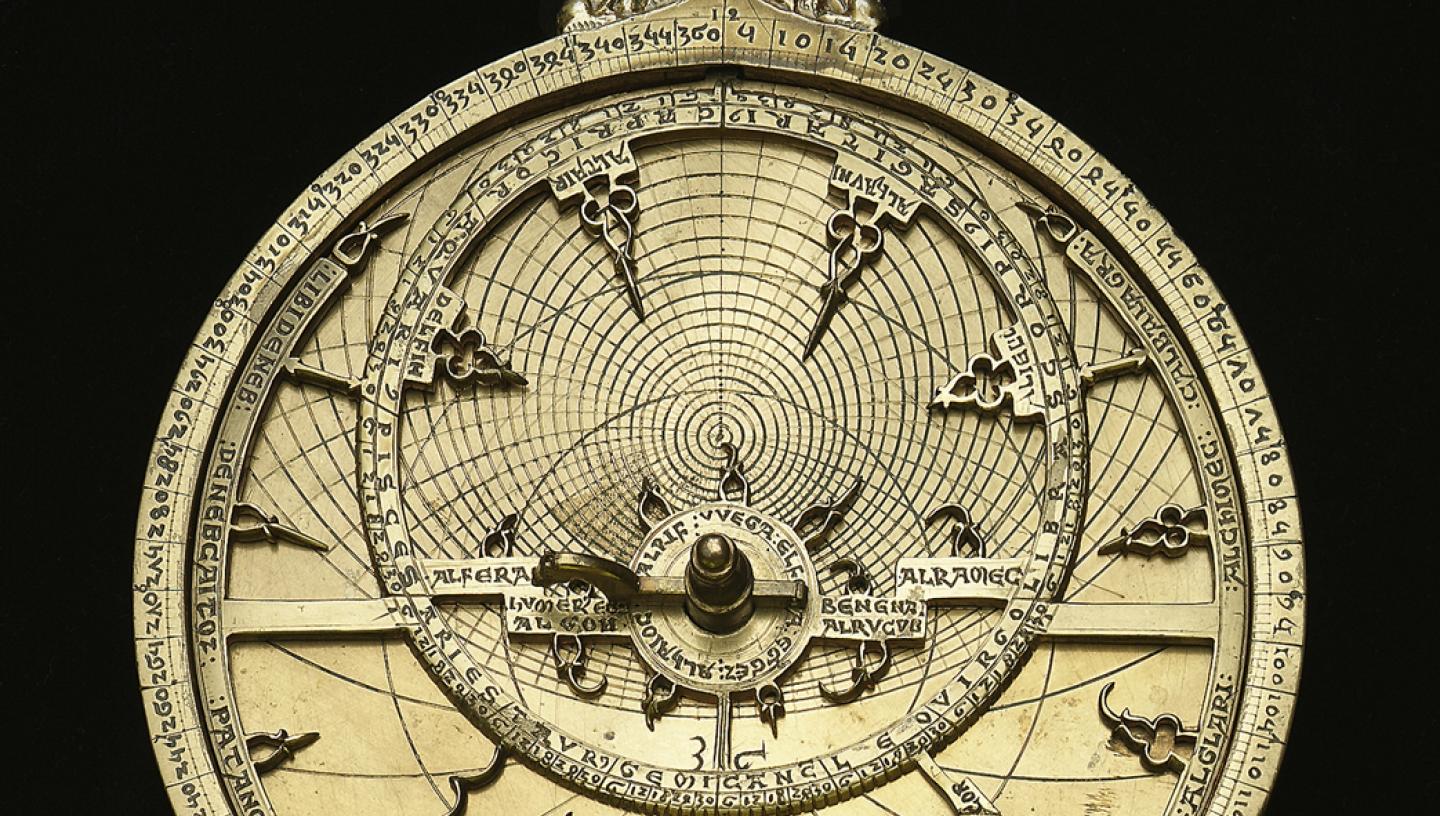
09 Sep 2016
As well as being objects of beauty, the astrolabe was the instrument favoured for instruction and observation in celestial astronomy for more than a millennium. We hear more from Christopher Parkin, Museum of the History of Science, University of Oxford.
What would you do today to learn the basics of astronomy? Visit the Planetarium, you might suggest – perhaps a good place to start to instruct your self in the patterns and movements of the stars.
Well, centuries ago, they went one better – a pocket planetarium that doubled as an observational instrument. Strictly speaking it was an analogue calculator for the sun and stars known as the astrolabe. This was the instrument that was favoured for instruction and observation in celestial astronomy for more than a millennium from probably the third or fourth century onwards.
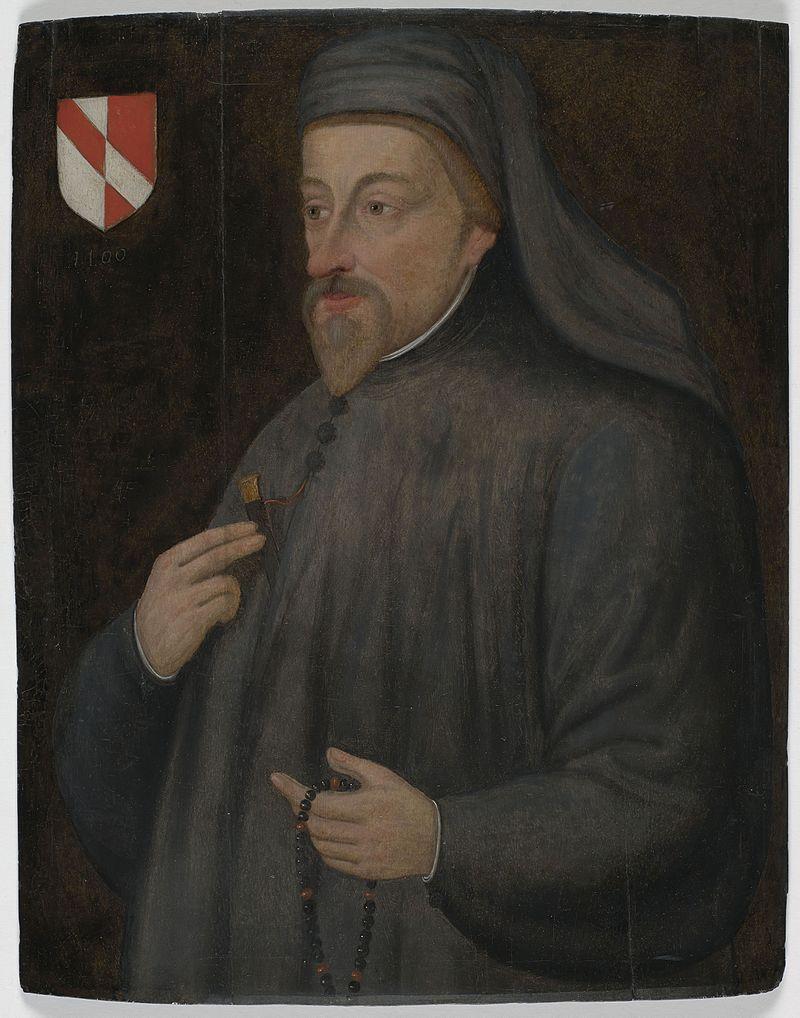
In the early 14th-century A Treatise on the Astrolabe was possibly the earliest technical instruction manual to be written in plain English by none other than the poet Geoffrey Chaucer. He was clearly fascinated by the versatility of this extraordinary instrument for learning astronomy, not to mention its practical use in astrology which inspired detailed references in his poetry. Like many of his contemporaries, Chaucer was indebted to Arabic sources.
The spread of Islam from the early 7th-century onwards brought with it a coherent religious and cultural framework which supported scientific enquiry. Chief amongst the sciences in which Muslim scholars excelled was astronomy. Success was built upon mastery of mathematics - geometry in particular - as much as the philosophical inheritance of the ancient Greeks and other early civilizations through translation into Arabic.
Observatories founded in the most important centres of learning such as Baghdad and Cairo required specialized instruments for observation and instruction. These included celestial globes, quadrants, and armillary spheres, but the most sophisticated instrument adopted and developed by Muslim astronomers was the astrolabe.
Although probably invented by the ancient Greeks in the first or second century, the earliest extant instruments originate from the Islamic world. Muslim astronomers adopted and developed this instrument to its highest level of sophistication introducing many innovative features.
The astrolabe encompassed an entire cosmos based upon the geocentric (Earth-centred) Ptolemaic model of the Universe. Although its primary use was for instruction, it also proved to be extraordinarily adaptable. In the religious context of Islam, the instrument reflected the divine nature of the cosmos and found practical use in the calculation of prayer times and the Qibla , the direction of Mecca for the purposes of prayer.
In addition, the instrument offered limitless opportunities for innovation in design leading to a variety of styles as the technology migrated east towards India and west towards Spain. Indeed, the aesthetic qualities of the astrolabe, particularly in the art of the rete (the skeletal dial that carries the star pointers), must surely be unsurpassed by almost any other scientific instrument in history. This, along with its religious associations, made it a choice instrument for powerful and wealthy patrons.
Together, the National Maritime Museum and the Museum of the History of Science in Oxford, represent probably the best collections in the world to witness the extraordinary range of ingenuity and craftsmanship encompassed by these much forgotten instruments.
